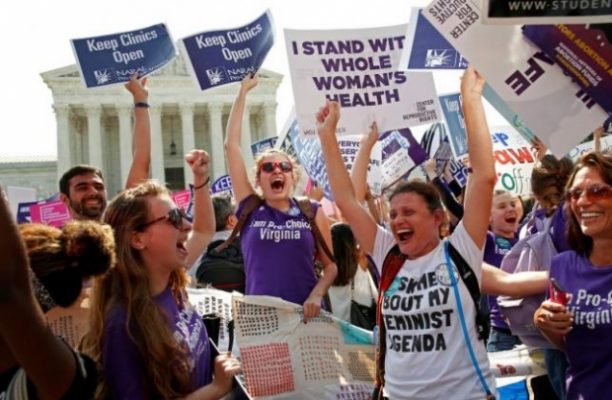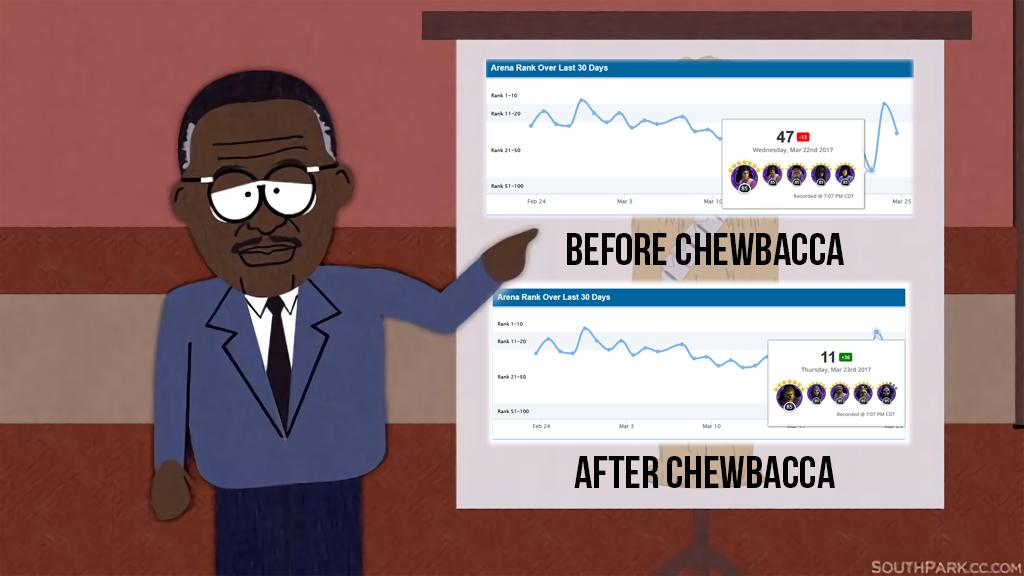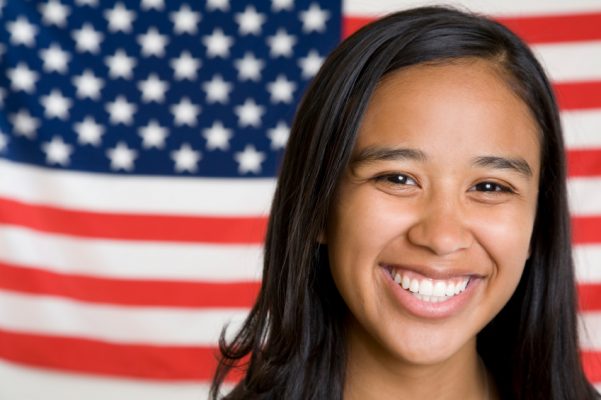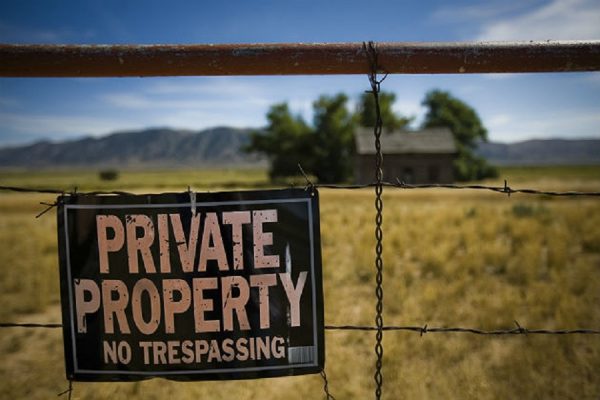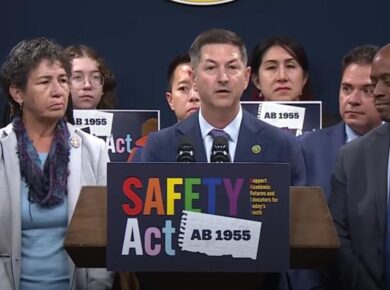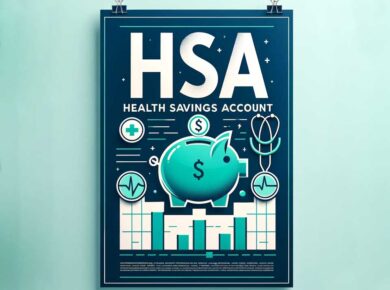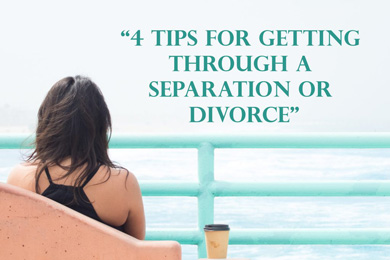It’s been a weird year for the Supreme Court. It lost arguably its highest profile and most controversial justice in February, with the passing of Antonin Scalia. He has yet to be replaced, but functioning with just eight justices has hardly slowed the Court down.
While it passed on a few cases and four 4-4 ties left lower decisions intact, the Supreme Court did hand down some massive decisions during its October 2015 term. Here are the three biggest:
Abortion
In a decision that struck down a Texas law but will surely have reverberations nationwide, the Supreme Court ruled that restrictions on abortion clinics and doctors can’t unduly burden a woman’s access to abortion. Specifically, the Court said Texas laws requiring women’s health facilities to meet the same building code requirements as hospitals and that abortion doctors obtain admitting privileges at a local hospital placed an undue burden on a woman’s right to terminate a pregnancy.
The Texas law — which had already forced 20 of the state’s women’s health clinics to close — was struck down, and similar laws in 10 other states are presumed invalid as well.
Affirmative Action
A white college applicant claimed the University of Texas’s admissions criteria, which considered an applicant’s race along with a host of other factors, violated the Constitution’s Equal Protection Clause after she was denied admission to the school. The Supreme Court disagreed, saying a school must be allowed to use racial diversity data “to scrutinize the fairness of its admissions program; to assess whether changing demographics have undermined the need for a race-conscious policy; and to identify the effects, both positive and negative, of the affirmative-action measures it deems necessary.”
Racism and Criminal Trials
Although previous Supreme Court rulings said that prosecutors could not dismiss potential jurors based on race, proving such a violation was nigh impossible. In one Georgia case, the prosecution:
(1) marked the name of each black prospective juror in green highlighter on four different copies of the jury list; (2) circled the word “BLACK” next to the “Race” question on the juror questionnaires of five black prospective jurors; (3) identified three black prospective jurors as “B#1,” “B#2,” and “B#3”; (4) ranked the black prospective jurors against each other in case “it comes down to having to pick one of the black jurors;” and (5) created strike lists that contradict the “race-neutral” explanation provided by the prosecution for its strike of one of the black prospective jurors.
And that, the Supreme Court ruled, does violate a defendant’s Constitutional rights.
What’s next for the Supreme Court is anyone’s guess. (Hopefully it includes adding a ninth justice sooner rather than later.) Check back here for more Supreme Court updates.
